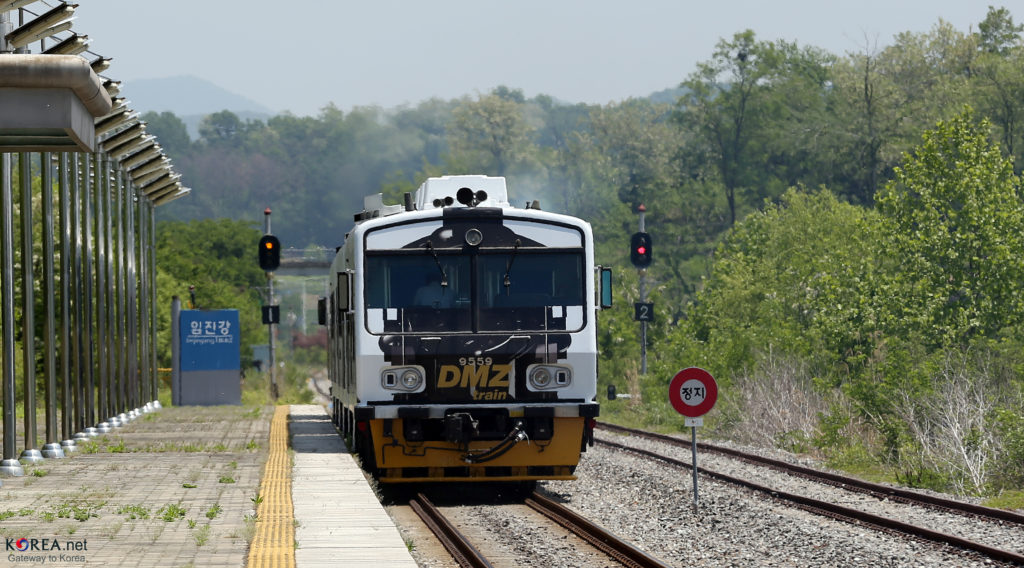The Peninsula
The Need for Tailored Engagement with North Korea
Published September 29, 2014
Category: North Korea

By Gi-Wook Shin, David Straub, and Joyce Lee
The already serious situation on the Korean Peninsula is worsening. North Korea is on a path to credibly threaten South Korea, Japan, U.S. forces in Northeast Asia, and eventually the United States with a nuclear attack. At the same time, Inter-Korean relations have become dangerously unstable, with the risk of renewed military conflict. U.S. relations with China and Russia are deteriorating and China is gradually incorporating North Korea’s economy, deepening the geopolitical divide between North and South Korea.
To address the growing crisis, concerned countries need to use all available means, including engagement of the North. With the United States and China showing no disposition to change their approaches, however, the principal hope for an engagement initiative rests with Seoul. South Korea’s special relationship with the North and its status as a dynamic middle power give it the potential to play a much larger leadership role in dealing with North Korea.
To be sure, developing and implementing a major North Korea initiative will not be easy, but it can be done. As a conservative leader, President Park has the “Nixon to China” political space in South Korea to pursue engagement. Despite North Korea’s criticism of South Korea, its leaders need foreign assistance and do not wish to be completely reliant on China. The People’s Republic of China (PRC) supports increased inter-Korean engagement, and the United States will not oppose it as long as it does not preclude the continued application of pressure on North Korea to end its nuclear weapons program.
Seoul has an opportunity to begin to bridge the gap with Pyongyang by pursuing a hardheaded approach that we call tailored engagement. Its aim is to reduce the risk of conflict now while fostering inter-Korean reconciliation and effecting positive change in North Korea, with the ultimate goal of laying the basis for peaceful unification. The concept is based on the conviction that engagement is only one means—albeit an essential one—of dealing with North Korea, but that engagement must be carefully “tailored” or fitted to changing political and security realities on and around the Korean Peninsula. Like President Park’s trustpolitik, it is based on a step-by-step confidence-building approach. It eschews both an “appeasement” approach to Pyongyang and the notion that inter-Korean engagement under the current circumstances would be tantamount to accepting the North’s misbehavior, especially its nuclear weapons program.
Under tailored engagement, South Korea would make a renewed attempt to engage the North in various types of exchanges in a principled and systematic way. Guiding principles include: (1) a focus on the pursuit of mutual interests and benefits rather than on symbolism and appeals to national sentiment; (2) the application of market principles and international standards in economic activities; (3) collaboration with other countries and third-party companies in both economic and people-to-people projects; (4) and pragmatism and flexibility in pursuing engagement at both the state-to-state and grassroots levels in complementary ways.
Key to implementing tailored engagement will be the achievement of greater consensus within South Korea and close consultation with allies and partners. President Park should begin by creating a new senior-level North Korea policy representative position to assist her in developing the initiative, furthering domestic consensus, managing the South Korean interagency process, and leading negotiations with Pyongyang, similar to the “Perry Process” in the United States in the late 1990s.
A significant portion of this study is devoted to a discussion of projects that a government-prepared, comprehensive road map of tailored engagement might include. Such a road map should proceed from projects that are easier to implement, politically and substantively, to those that are more difficult. In practice, this will generally mean starting by expanding existing engagement efforts and resuming worthwhile projects that have been suspended.
There is considerable urgency for Seoul to act. Further rounds of North Korean nuclear and missile tests will make engagement even harder, and strategic mistrust between the United States and China and Russia continues to mount. Despite the challenges, tailored engagement can bear fruit.
The preceding is based upon the executive summary of the new report, Tailored Engagement: Toward an Effective and Sustainable Inter-Korean Relations Policy, by Stanford University’s Walter H. Shorenstein Asia-Pacific Research Center. The full report is available here.
Gi-Wook Shin is the Director of the Shorenstein Asia-Pacific Research Center and the Director of the Korea Program, David Straub is the Associate Director of the Korea Program, and Joyce Lee is a Research Associate for the Korea Program at Stanford University. The views expressed here are the authors’ alone.
